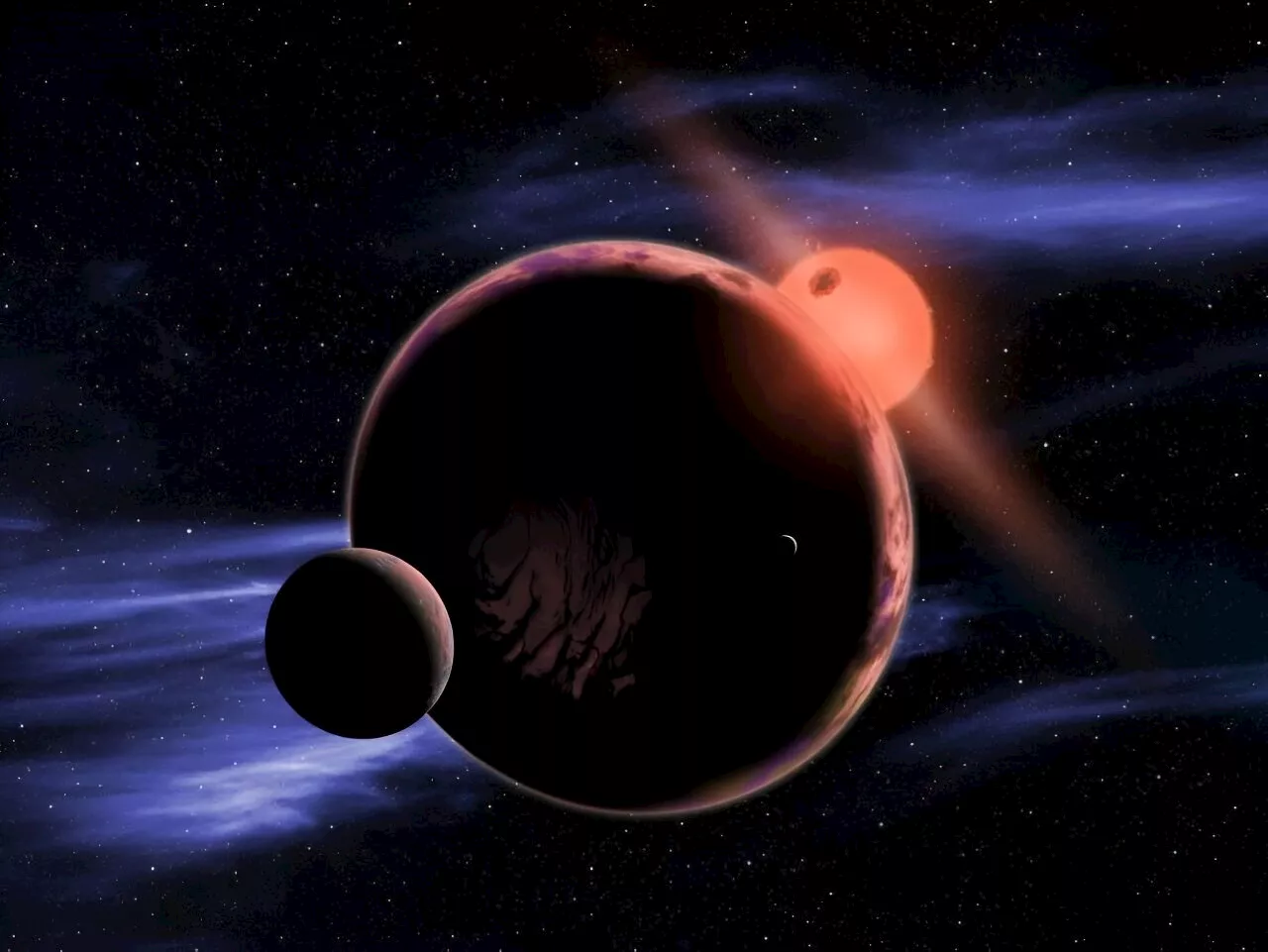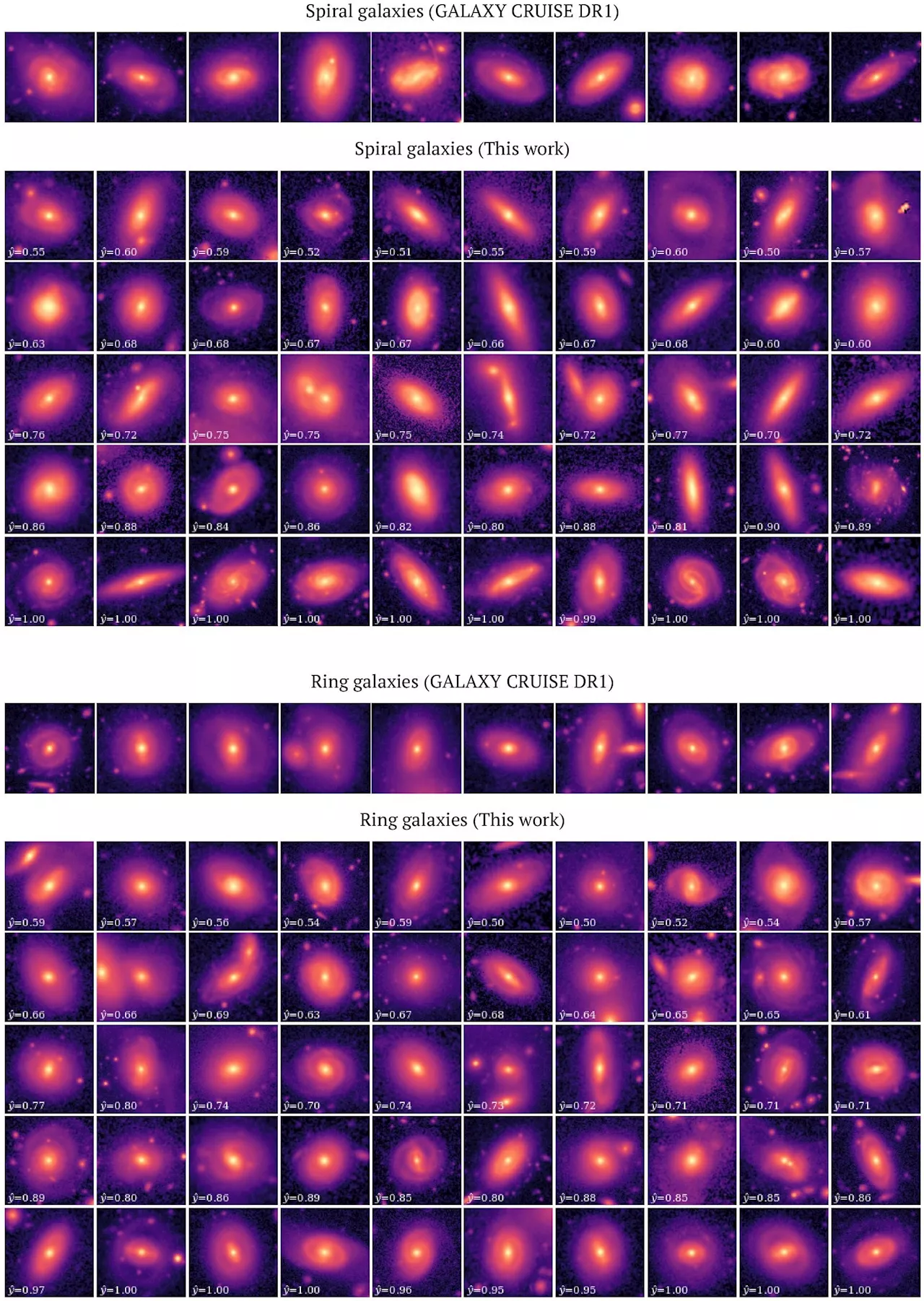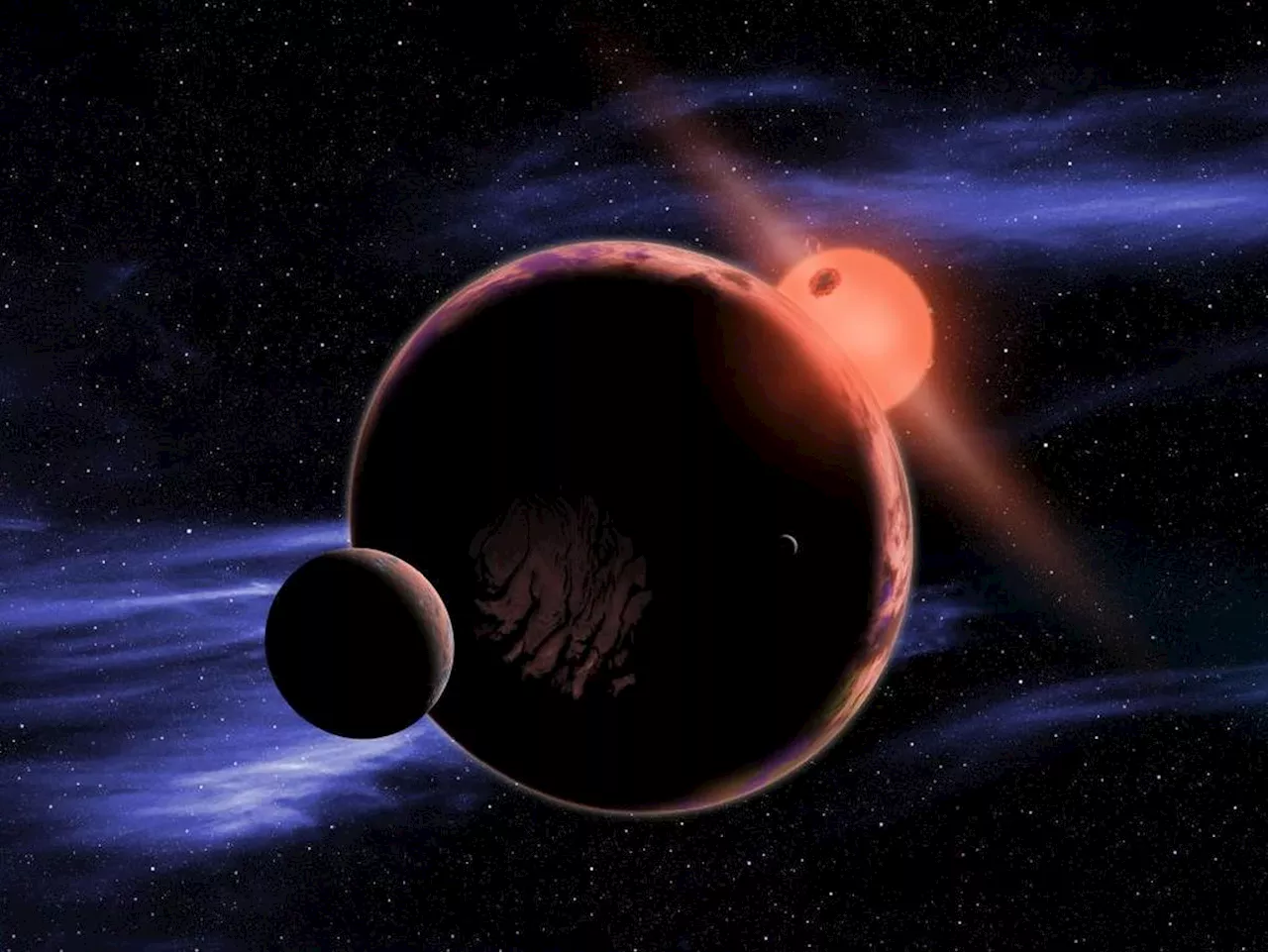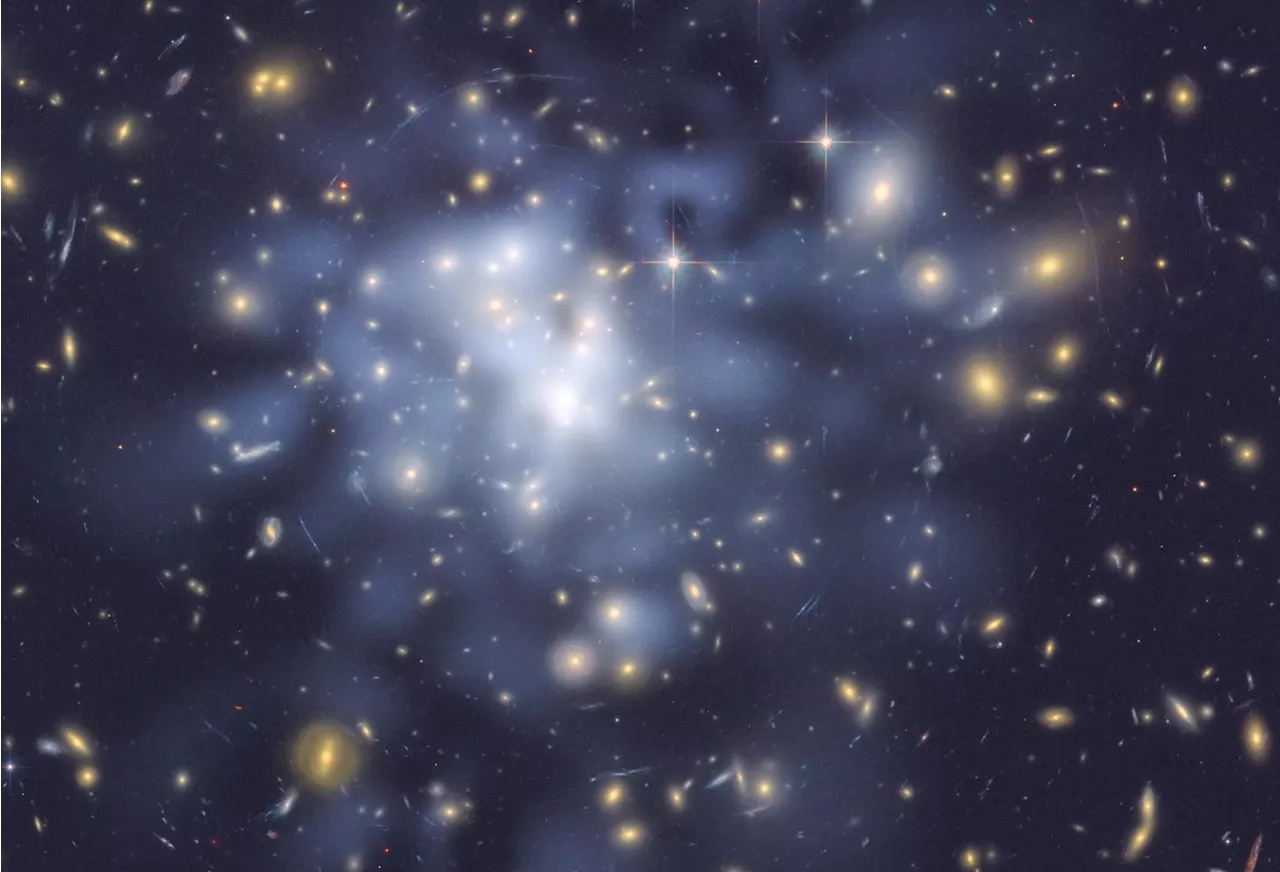Space and astronomy news
If you have a view of the southern celestial sky, on a clear night you might see two clear smudges of light set off a bit from the great arch of the Milky Way. They are the Large and Small Magellanic Clouds, and they are the most visible of the dwarf galaxies. Dwarf galaxies are small galaxies that typically cluster around larger ones. The Milky Way, for example, has nearly two dozen dwarf galaxies. Because of their small size, they can be more significantly affected by dark matter.
In a recent study, a team looked at dwarf galaxies to see exactly what they would reveal about dark matter. Specifically, they were interested in how dark matter might interact with itself. One idea about dark matter particles is that when they collide with each other they could emit gamma-ray light. This would mean that the central regions of galaxies should show evidence of gamma radiation without a clear astrophysical source.
So once again a study of dark matter fails to discover the elusive particles. But as with earlier studies, this research narrows down what dark matter might be. Specifically, the study rules out certain mass ranges for dark matter more than ever before. It’s yet another small step toward solving the mystery of dark matter.
United Kingdom Latest News, United Kingdom Headlines
Similar News:You can also read news stories similar to this one that we have collected from other news sources.
 Dwarf Galaxies Banished the Darkness and Lit Up the Early UniverseThe Universe was dark and opaque until UV energy ionized the hydrogen and made the Universe transparent. Were dwarf galaxies responsible?
Dwarf Galaxies Banished the Darkness and Lit Up the Early UniverseThe Universe was dark and opaque until UV energy ionized the hydrogen and made the Universe transparent. Were dwarf galaxies responsible?
Read more »
 Hubble views dwarf galaxy LEDA 4216This NASA/ESA Hubble Space Telescope image shows LEDA 42160, a galaxy about 52 million light-years from Earth in the constellation Virgo. The dwarf galaxy is one of many forcing its way through the comparatively dense gas in the massive Virgo cluster of galaxies.
Hubble views dwarf galaxy LEDA 4216This NASA/ESA Hubble Space Telescope image shows LEDA 42160, a galaxy about 52 million light-years from Earth in the constellation Virgo. The dwarf galaxy is one of many forcing its way through the comparatively dense gas in the massive Virgo cluster of galaxies.
Read more »
 Could Earth life survive on a red dwarf planet?Even though exoplanet science has advanced significantly in the last decade or two, we're still in an unfortunate situation. Scientists can only make educated guesses about which exoplanets may be habitable. Even the closest exoplanet is four light-years away, and though four is a small integer, the distance is enormous.
Could Earth life survive on a red dwarf planet?Even though exoplanet science has advanced significantly in the last decade or two, we're still in an unfortunate situation. Scientists can only make educated guesses about which exoplanets may be habitable. Even the closest exoplanet is four light-years away, and though four is a small integer, the distance is enormous.
Read more »
 Citizen astronomers and AI discover 30,000 ring galaxiesBuilding on the synergy between citizen astronomer classifications and AI, astronomers have discovered approximately 400,000 spiral galaxies and 30,000 ring galaxies in data from the Subaru Telescope. This is the first example of research building on the classification data from the citizen science project 'GALAXY CRUISE.
Citizen astronomers and AI discover 30,000 ring galaxiesBuilding on the synergy between citizen astronomer classifications and AI, astronomers have discovered approximately 400,000 spiral galaxies and 30,000 ring galaxies in data from the Subaru Telescope. This is the first example of research building on the classification data from the citizen science project 'GALAXY CRUISE.
Read more »
 Could Earth Life Survive on a Red Dwarf Planet?Red dwarf flaring is deadly. But new research shows some extremophiles could survive thanks to melanin. Did melanin help early life on Earth?
Could Earth Life Survive on a Red Dwarf Planet?Red dwarf flaring is deadly. But new research shows some extremophiles could survive thanks to melanin. Did melanin help early life on Earth?
Read more »
 Webb unlocks secrets of one of the most distant galaxies ever seenLooking deeply into space and time, astronomers have studied the exceptionally luminous galaxy GN-z11, which existed when our 13.8 billion-year-old universe was only about 430 million years old.
Webb unlocks secrets of one of the most distant galaxies ever seenLooking deeply into space and time, astronomers have studied the exceptionally luminous galaxy GN-z11, which existed when our 13.8 billion-year-old universe was only about 430 million years old.
Read more »
